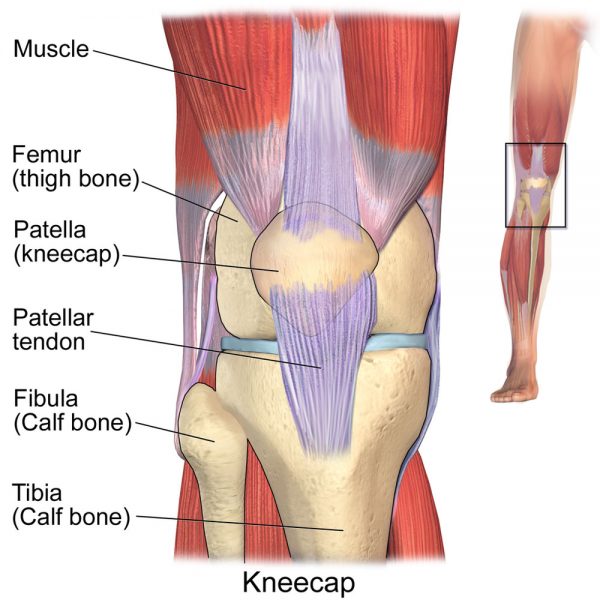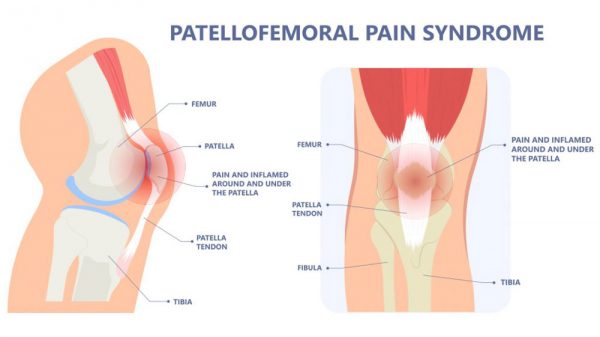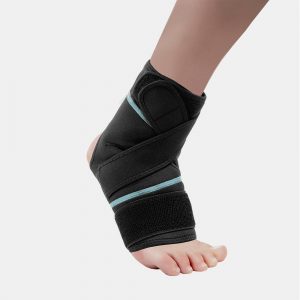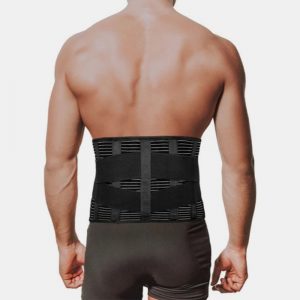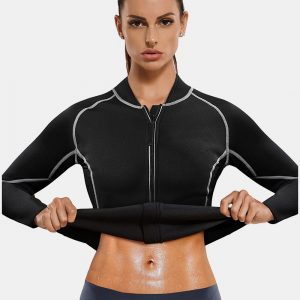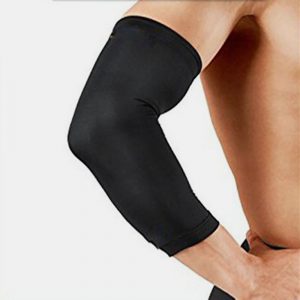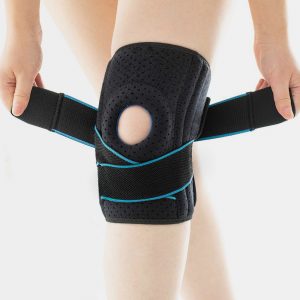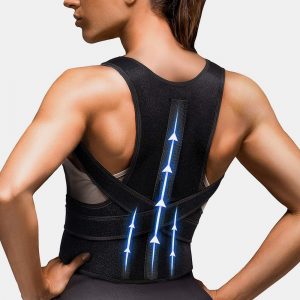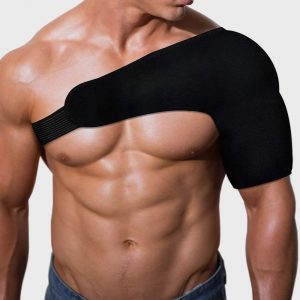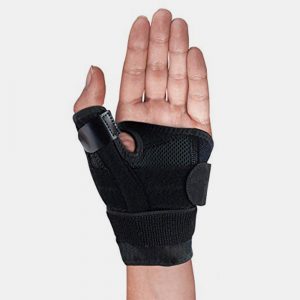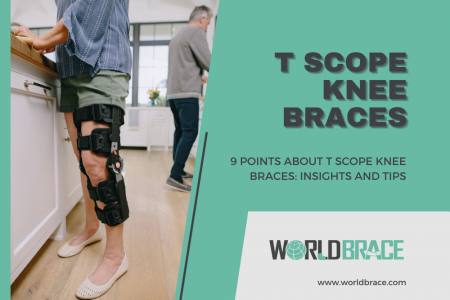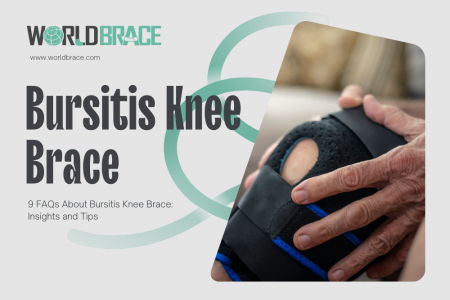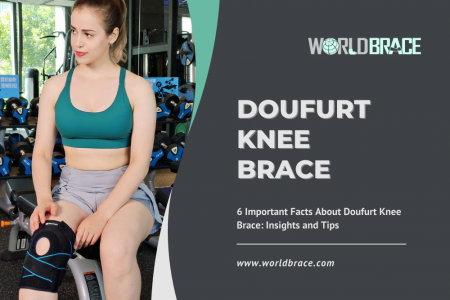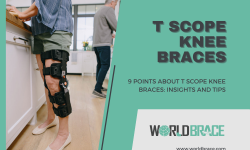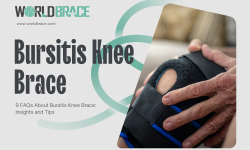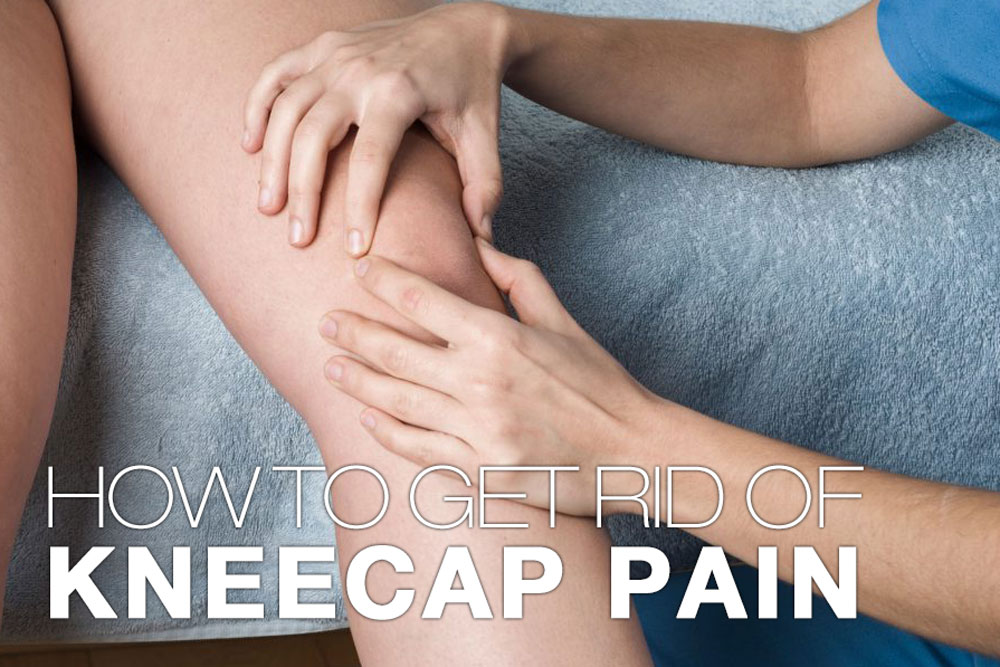
Table of Contents
What is Kneecap Pain?
Your kneecap, or patella, is the bone that sits at the front of your knee. The quadriceps tendon connects the patella to your thighbone or femur. The quadriceps muscle is the large muscle in the front of your thigh. It helps straighten your leg.
The patella also glides through a groove in your femur as you bend your knee. The track is called the trochlea. Pain in or around the patella can affect people at any stage. Physical demanding activities can aggravate a painful patella. However, pain and irritation can arise without an obvious cause.
The following conditions characterize Patella pain:
- Pain in the kneecap
- Pain or difficulty when climbing up or downstairs
- Knee pain after sitting for some time
What causes kneecap pain?
Kneecap pain usually occurs among active individuals of any age. As people grow old, the likelihood of experiencing patellar pain increases.
Kneecap pain is also called patellofemoral pain syndrome (PFPS), patellar pain, or anterior knee pain. It’s a common condition that affects people of all ages. The pain is usually felt around the front of the knee and underneath the kneecap.
There are different types of patella pain, and each has various causes. Many other factors can contribute to kneecap pain. It can be caused by a sudden injury, overuse, or a structural problem with the knee. The main causes can include:
- Overuse: Activities like walking, running, kneeling, or jumping can pressure your knee joint and cause pain.
- Injury: Patella pain can be caused by a sudden fall or hard blow to the knee.
- Chondromalacia patellae: It involves softened cartilage on the back of the kneecap. When the cartilage is damaged, the bone contact can cause severe pain.
- Tendonitis: When the patellar tendons become inflamed, they can cause tightening, swelling, and knee pain.
- Muscle imbalances: The hip and knee muscles work in coordination to keep your kneecap aligned. The weakness of these muscles might pull your knee inward or outward. This change can cause inflammation and pain in the knee.
How to get rid of pain under the kneecap?
In most cases, kneecap pain can be treated with rest, ice, and over-the-counter pain medication. You may need to see a doctor or orthopaedic specialist in more severe cases. The health professional may suggest physical therapy or alternate treatment option.
If you have kneecap pain, you can do a few things to get relief.
- Rest: Take a break from your normal activities to allow your knee time to heal.
- Ice: Apply ice to your knee for 20 minutes to reduce swelling.
- Compression: You can use a compression bandage that helps reduce swelling.
- Elevation: Raise your leg above your heart to reduce swelling.
- Pain medication: Over-the-counter pain medication can help reduce pain and inflammation.
If you have knee pain, the best thing you can do is rest, ice, and take over-the-counter pain medication. If your pain is severe, you may need to see a doctor or orthopaedic specialist. They can prescribe physical therapy or other treatments. Wearing a knee brace can also help reduce pain.
What is the best knee brace for Kneecap Pain?
If you have kneecap pain, you may also want to try wearing a knee brace. A knee brace can help support your knee and reduce pain. There are a variety of different knee braces available. Some are designed to provide support and stability. Others are designed to help mitigate patellofemoral pain.
Knee braces provide additional support during the recovery process. These devices also help prevent an injury from worsening. You can find knee braces online or in health stores in your region. When purchasing a knee brace, you may also speak to your doctor or physical therapist. Top health professionals recommend knee braces by Worldbrace. You can find an extensive range of premium quality knee braces at www.worldbrace.com.
STOP Pain Under Knee Cap
faq
Why do I have pain above my kneecap?
Pain above the kneecap is often called quadriceps tendinitis. It is caused by inflammation or irritation of the bursae and tendons in your knee.
Is a dislocated kneecap painful
A dislocated kneecap is painful and will stop you from carrying out certain physical activities. However, its recovery process is easy.

